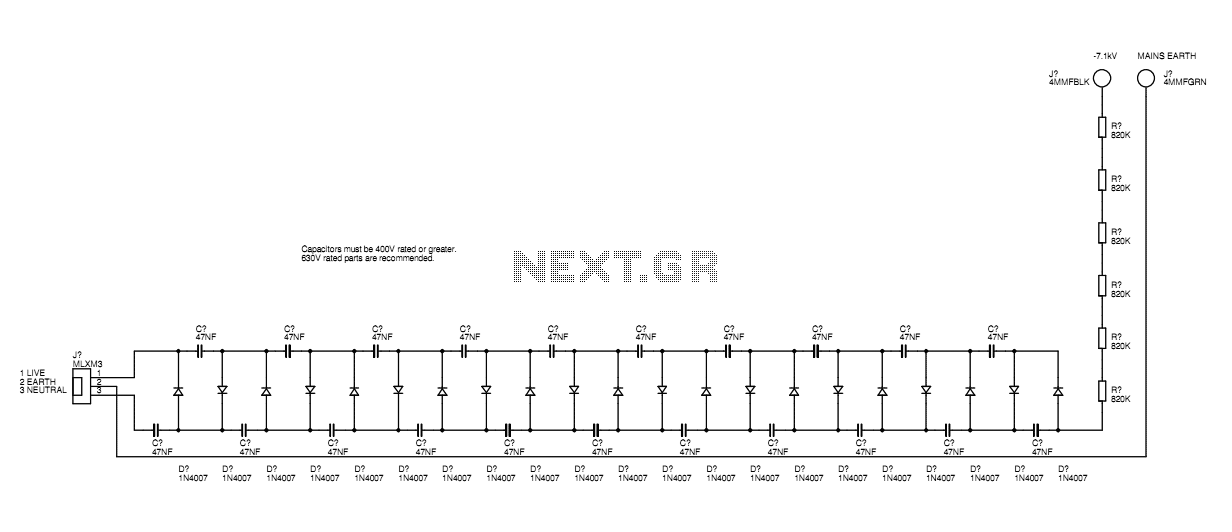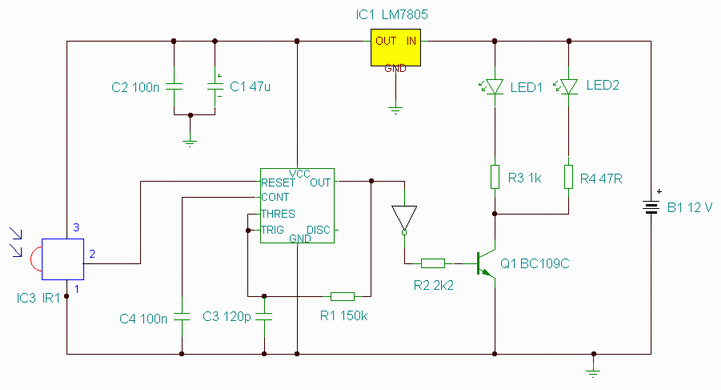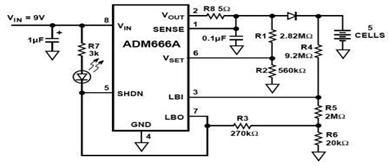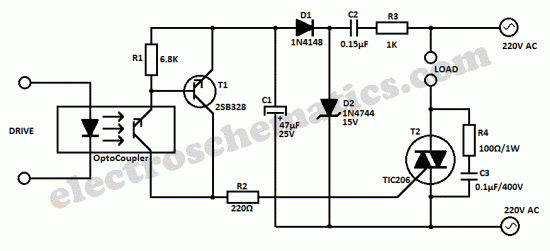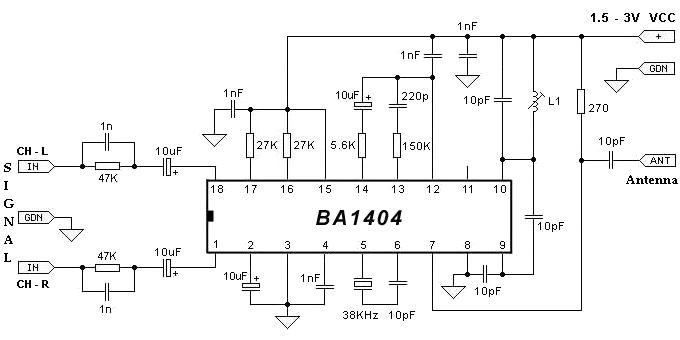
triac for this light dimmer circuit
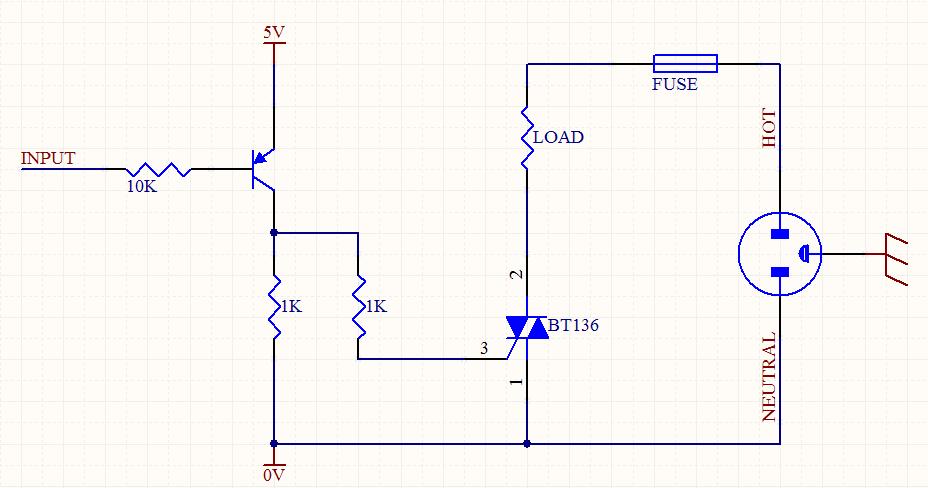
A circuit was designed to function as a light dimmer, utilizing a BT136 SCR and an MOC3022 optocoupler. However, the circuit did not operate as intended.
The circuit aims to control the brightness of a light source through phase control using a silicon-controlled rectifier (SCR) and an optocoupler for isolation and triggering. The BT136 is a popular choice for light dimming applications due to its ability to handle significant power levels. It is a three-terminal device that requires a gate trigger to turn on and will remain on as long as the current through it exceeds a certain threshold.
The MOC3022 optocoupler plays a crucial role in providing electrical isolation between the control circuit and the high-voltage AC load. It consists of an LED and a phototransistor. When the LED is activated, it emits light that activates the phototransistor, allowing current to flow and triggering the gate of the BT136 SCR.
To ensure proper operation of the circuit, the following aspects should be examined:
1. **Component Ratings**: Verify that the BT136 and MOC3022 are rated for the voltage and current levels of the application. The SCR should be able to handle the peak voltage and current of the load.
2. **Triggering Circuit**: Ensure that the circuit designed to trigger the gate of the BT136 is functioning correctly. This may involve checking the resistor values, ensuring proper isolation, and confirming that the optocoupler is receiving adequate input.
3. **Phase Control Timing**: The timing of the triggering signal is critical for dimming functionality. The phase control method requires precise timing to adjust the point in the AC cycle at which the SCR is triggered, thus controlling the amount of power delivered to the load.
4. **Load Compatibility**: Confirm that the load (e.g., incandescent bulb) is compatible with dimming. Certain types of lights, such as LED or fluorescent bulbs, may require specific dimming circuits or additional components to function correctly.
By addressing these components and ensuring that all connections are secure and correctly configured, the circuit can be made operational. If issues persist, further troubleshooting may be necessary to identify any faulty components or design flaws.Hi all I made this circuit to be a light dimmer but it did not work. I use BT136 for the SCR and MOC3022 for optocoupler. Can you tell me what is the.. 🔗 External reference
The circuit aims to control the brightness of a light source through phase control using a silicon-controlled rectifier (SCR) and an optocoupler for isolation and triggering. The BT136 is a popular choice for light dimming applications due to its ability to handle significant power levels. It is a three-terminal device that requires a gate trigger to turn on and will remain on as long as the current through it exceeds a certain threshold.
The MOC3022 optocoupler plays a crucial role in providing electrical isolation between the control circuit and the high-voltage AC load. It consists of an LED and a phototransistor. When the LED is activated, it emits light that activates the phototransistor, allowing current to flow and triggering the gate of the BT136 SCR.
To ensure proper operation of the circuit, the following aspects should be examined:
1. **Component Ratings**: Verify that the BT136 and MOC3022 are rated for the voltage and current levels of the application. The SCR should be able to handle the peak voltage and current of the load.
2. **Triggering Circuit**: Ensure that the circuit designed to trigger the gate of the BT136 is functioning correctly. This may involve checking the resistor values, ensuring proper isolation, and confirming that the optocoupler is receiving adequate input.
3. **Phase Control Timing**: The timing of the triggering signal is critical for dimming functionality. The phase control method requires precise timing to adjust the point in the AC cycle at which the SCR is triggered, thus controlling the amount of power delivered to the load.
4. **Load Compatibility**: Confirm that the load (e.g., incandescent bulb) is compatible with dimming. Certain types of lights, such as LED or fluorescent bulbs, may require specific dimming circuits or additional components to function correctly.
By addressing these components and ensuring that all connections are secure and correctly configured, the circuit can be made operational. If issues persist, further troubleshooting may be necessary to identify any faulty components or design flaws.Hi all I made this circuit to be a light dimmer but it did not work. I use BT136 for the SCR and MOC3022 for optocoupler. Can you tell me what is the.. 🔗 External reference
